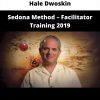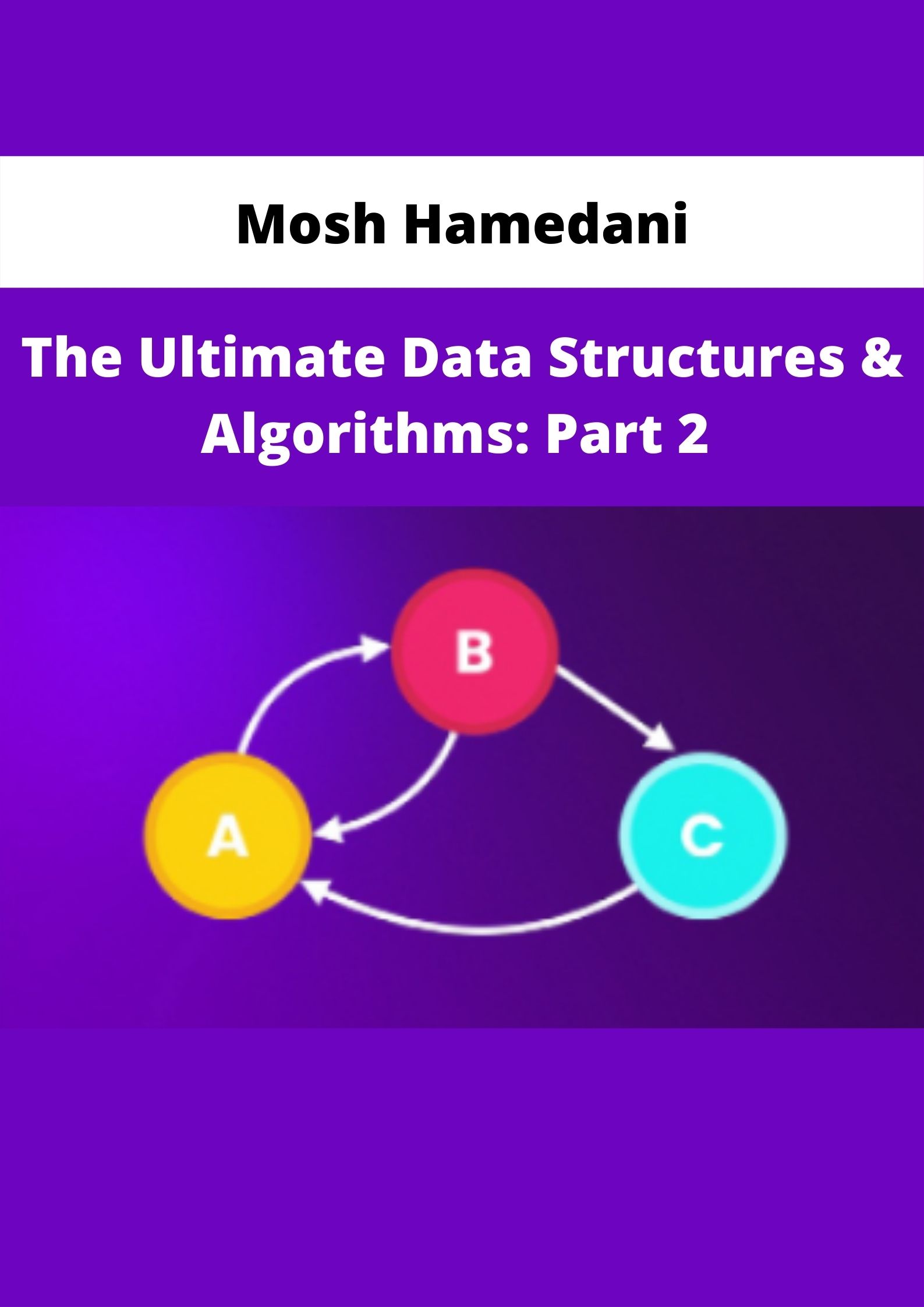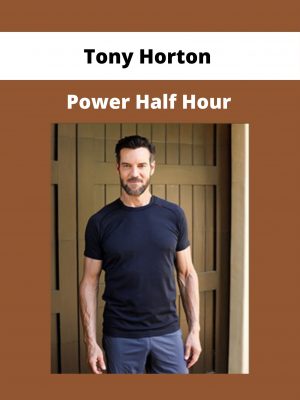The Ultimate Data Structures & Algorithms: Part 2 by Mosh Hamedani
$19 Original price was: $19.$9Current price is: $9.
Shopping Instructions:
- DISCOUNT 15% : SHOP15
- Product Delivery: Within 1 – 12 hours after purchase.
The Ultimate Data Structures & Algorithms: Part 2 by Mosh Hamedani
Sale Page : -/-
Description:
He studied Computer Science, but they will never be truly understood the complex algorithms in place of paying attention to it? Or maybe you’re a self-taught programmer, with little to no knowledge of this plays an important role. Or perhaps you do not need a conversation, because you could not answer basic data structure and algorithm questions. So, why refrain from exerting so much these last few days? Data structures and algorithms are no standards to answer the questions. Developers who want to know about data structures and algorithms is better to answer the questions. That’s why companies like Google, Amazon and Microsoft interview questions and not always in the data structures and algorithms. They want to evaluate your problem-solving skills. I do not care how many programming languages, and frameworks you should be familiar. A complex here one UNCONDITIONAL That’s why I did it running. I want to demystify it is dangerous if paying attention to the algorithms, and on one occasion, and on behalf of all. I remember being involved in a confused when trying to teach a college lecturer, many first of August. So I had to give me information. I am now an expert in the matter, and I do not want to just have wasted hours in the library trying to wrap around the head. AT THE END OF THIS ONE … You’ll be able to: ACE other coding interview Write better, faster code better developer Problem solving skills sauce Master of science foundation In diameter all the necessary data structures from scratch Master dozens of people algorithms What you’re going to learn This, indeed, is in the second rank. In the first part, we covered a linear paying attention (and your Linked White Cocks, queue and ash months). In this regard, we have been focusing on non-linear, data works. 3 out of the question, string manipulation and sorting algorithms. Here’s what you’re going to learn at this point; binary trees AVL trees Cocks trying graphs This is especially a lot of research and a series of algorithms online. All picked by example and exercise democratic interview questions asked by Google, Microsoft, Amazon, and other big companies. Those runner? Who is preparing just coding dui Computer science students, of whom failed to explain the places of the reader, But who is the self-taught developers frequently entangle myself in a computer science degree He who wishes to arrive at a better developer course curriculum getting Started Start1 – Introduction (0:50) Start2 – Source Code Binary trees (73m) Preview1 – Introduction (0:55) Preview2 – What Trees (5:36) Preview3 – Exercise – populating a binary search tree Preview4 – exercise – Building a Tree (2:41) Preview5 – The solution – insert () (7:44) Preview6 – The solution – to find () (2:00) Start7 – traversing Trees (5:58) Start8 – exercise – Tree Traversal Start9 – Recursion (5:39) Start10 – The depth first traversal (5:23) Start11 – The depth and height of the nodes (7:06) Start12 – Minimum value of the piece of wood (7:37) Start13 – exercise – for Equality (0:45) Start14 – The solution – for Equality (4:08) Start15 – Exercise – It binary search trees (4:14) Start16 – The solution – it is binary search trees (4:18) Start17 – exercise – the distance between nodes in K (1:48) Start18 – The solution – K nodes in the foothills (4:37) Start19 – Level To Traversal (2:55) Start20 – like – English Start21 – Summary (1:22)
AVL trees (49m) Start1 – Introduction (0:31) Start2 – Balanced and disparate trees (3:01) Start3 – conversion (5:02) Start4 – AVL trees (4:04) Start5 – Exercise: AVL conversion Start6 – army – building an AVL Tree (1:11) Start7 – The solution – insert () (8:47) Start8 – exercise – the height calculation (1:24) Start9 – The solution – the height calculation (2:43) Start10 – exercise – beam (2:04) Start11 – The solution – beam (4:01) Start12 – Exercise – Detects conversion (2:54) Start13 – The solution – Detects conversion (3:32) Start14 – exercise – foster conversion (3:51) Start15 – The solution – foster conversion (5:40) Start16 – AVL trees – English Start17 – Summary (1:01) Quick starts Note On the banks of the (53m) Start1 – Introduction (0:21) Start2 – What are crumbling (6:28) Start3 – exercise – Work Cocks Start4 – exercise – Building heap (1:55) Start5 – The solution – insert () (8:24) Start6 – The solution – to remove () (7:07) Start7 – The solution – Ore events (6:11) Start8 – Cumulum Family (2:29) Start9 – The first queue (5:04) Start10 – exercise – Heapify (1:26) Start11 – The solution – Heapify (7:12) Start12 – The solution – This (2:42) Start13 – Exercise – KTH biggest Item (0:31) Start14 – The solution – KTH biggest Item (3:47) Start15 – Cocks – English Start16 – Summary (1:19) Conant (46m) Start1 – Introduction (0:30) Start2 – Why did they (3:50) Start3 – Exercise – populating wants to stay in the football Start4 – army – building wants to stay in football (3:03) Start5 – The solution – building wants to stay in football (5:44) Start6 – An Implementation of the HashTable (1:50) Start7 – Better abstractions (5:28) Start8 – exercise – looking up word (1:12) Start9 – The solution – looking up word (2:35) Start10 – Traversal (3:35) Start11 – exercise – Removing Word (1:53) Start12 – The solution – Removing the word (8:14) Start13 – Exercise – Auto Completion (2:51) Start14 – The solution – Auto Completion (5:59) Start15 – he wants – English Start16 – Summary (0:45) Quick starts Note Graph (66m) Start1 – Introduction (0:26) Start2 – What are the graph (2:09) Start3 – Adjacency Matrix (4:14) Start4 – Adjacency Album (6:32) Start5 – exercise – Building F (1:50) Start6 – The solution – Adding nodes and edges (7:34) Start7 – The solution – Removing the nodes and edges (4:48) Start8 – Traversal Algorithms (3:58) Start9 – exercise – Traversal Algorithms Start10 – exercise – Depth-first Traversal (base) (1:29) Start11 – The solution – Depth-first Traversal (base) (3:44) Start12 – exercise – Depth-first Traversal (Tellus) (2:44) Start13 – The solution – Depth-first Traversal (Tellus) (3:59) Start14 – exercise – the breadth-first Traversal (Tellus) (1:18) Start15 – The solution – the breadth-first Traversal (2:41) Start16 – exercise – Topological Voluptua (5:06) Start17 – The solution – Topological methods (4:05) Start18 – Exercise – Cycle detection (beyond the graph) (3:42) Start19 – The solution – Cycle detection (beyond the graph) (6:26) Start20 – graph Summary (1:02) Undirected graph (59m) Start1 – Introduction (0:26) Start2 – exercise – Lius graph (1:30) Start3 – The solution – Lius graph (5:20) Start4 – an object-oriented solution (6:13) Start5 – Dijkstra’s shortest path algorithm (4:35) Start6 – exercise – Getting very short time (6:08) Start7 – The solution – a very brief period (5:27) Start8 – The solution – shortly (7:53) Start9 – Exercise – Cycle detection (Undirected Graph) (2:03) Start10 – The solution – Cycle detection (Undirected Graph) (4:42) Start11 – Minimum Spanning Tree (1:56) Start12 – Exercise – this is the algorithm (2:45) Start13 – The solution – this is the algorithm (10:39) Start14 – Of course wrap (0:30) Start15 – Gloria
Please kindly contact us if you need proof of item.
Find out more Business & Marketing Courses at here !!!
1 review for The Ultimate Data Structures & Algorithms: Part 2 by Mosh Hamedani
Add a review Cancel reply
Related products
Everything Else
Everything Else
Everything Else
Everything Else
Everything Else
Everything Else
Everything Else
Everything Else












Fritz Schimmel –
was very satisfied | The Ultimate Data Structures & Algorithms: Part 2 by Mosh Hamedani